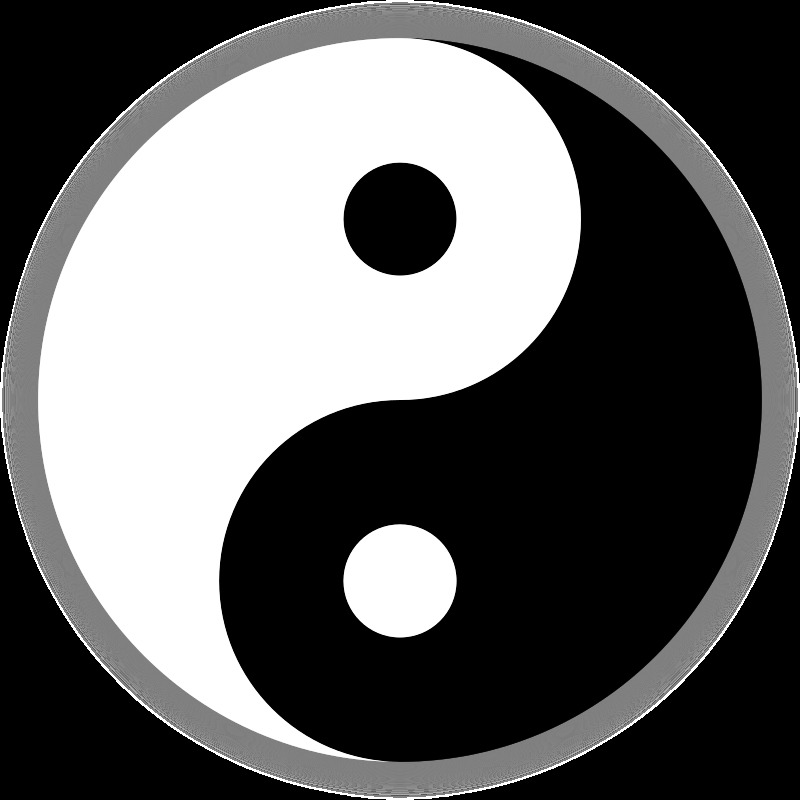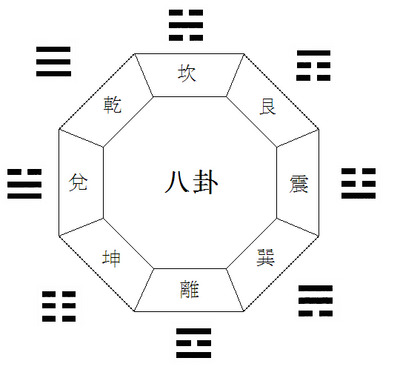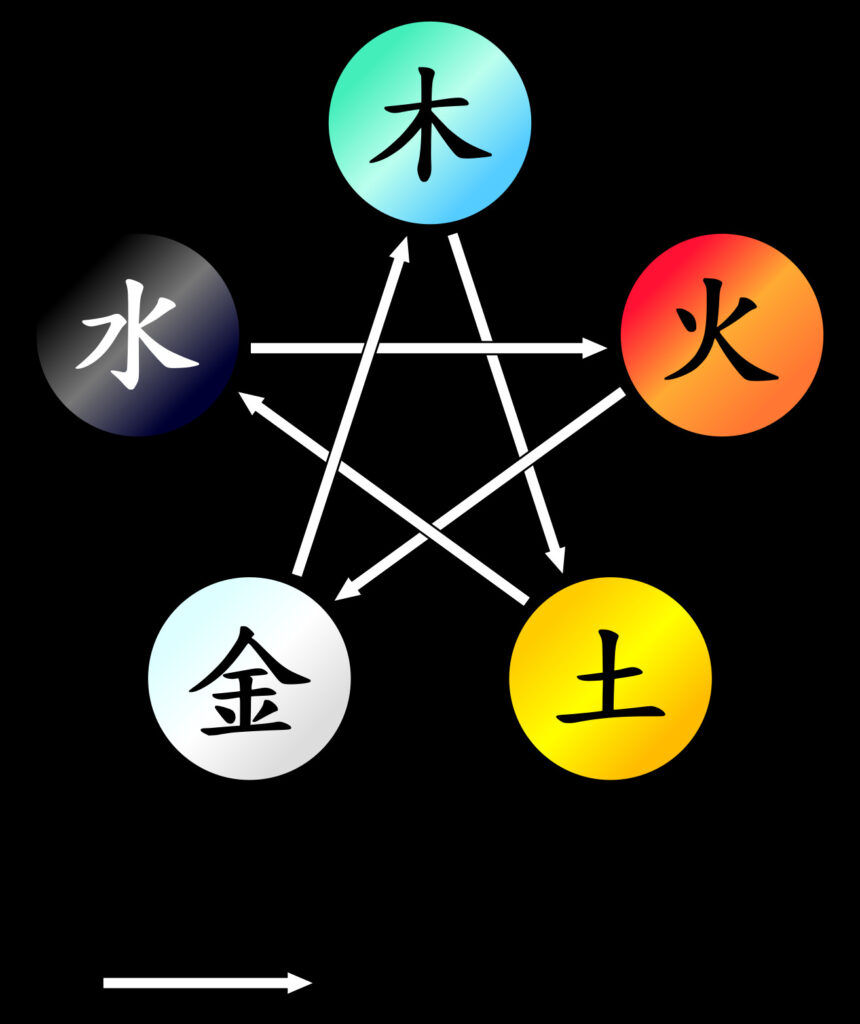Principles for Feng Shui application. Origins and Taoist philosophy. Diagrams of the Tao, the Ba Gua and the 64 hexagrams of the Yi Jing.
Feng Shui is a traditional Chinese practice that aims to create harmonious environments. It is based on Taoist principles, a philosophical and religious tradition that emphasizes living in accordance with the natural world.
Here are some of the key Taoist principles that underlie Feng Shui:
- The concept of Qi (Energy): Qi is the vital life force that flows through all things. Feng Shui seeks to enhance the flow of Qi in a space to promote health, wealth, and well-being.
- The principle of Yin and Yang: Yin and Yang are two complementary forces that are constantly interacting and changing. Feng Shui seeks to balance Yin and Yang in a space to create harmony.
- The Five Elements (Wu Xing): The Five Elements are wood, fire, earth, metal, and water. Feng Shui uses the Five Elements to create balance and harmony in a space.
- The Ba Gua (The Eight Trigrams): The Bagua is an energy map that is used in Feng Shui to analyze and enhance the flow of Qi in a space.
By understanding and applying these Taoist principles, you can create a space that is supportive and harmonious.
The term Feng means Wind and belongs to Yang energy, the active principle of the Tao, connected with the archetype of the Sky Father.
Feng (風): In Chinese, 風 (fēng) indeed translates to “wind.” It’s a vital element in Feng Shui, symbolizing movement, change, and the flow of energy.
Yang (陽): Yang represents the active, masculine principle in Taoism. It’s associated with light, heat, activity, and assertiveness. In the context of Feng Shui, wind is considered a Yang element due to its dynamic and forceful nature.
Tao (道): The Tao is the fundamental principle of the universe, the source of all existence. It encompasses both Yin and Yang, the complementary forces that govern the natural world.
Sky Father (天父): The Sky Father is an archetypal figure representing the masculine principle of creation, authority, and protection. In some interpretations of Taoism, Feng (wind) is associated with the Sky Father due to its connection with the heavens and its powerful, life-giving qualities.

Feng creates and dissipates the clouds, the Dragons of the air, which generate Shui, the rain, Yin energy, the passive principle of the Tao, connected to the archetype of Mother Earth.
Feng and Shui together shape the landscape, the great Dragons of the Mountains and the great Dragons of the plains, the rivers.


In Taoism, the undifferentiated principle Wuji, through Taiji, is divided into two parts, one light and one dark, one Yang and one Yin; this dual principle, initially static, becomes dynamic as each of the two parts contains a small portion of the other, as represented in the basic symbol of the Tao.
- Wuji: The primordial state of undifferentiated potentiality, before the manifestation of duality.
- Taiji: The Supreme Ultimate, the point of transition from Wuji to the duality of Yin and Yang.
- Yin and Yang: Two complementary and interdependent forces that represent the dualistic nature of reality. Yin is associated with darkness, passivity, and femininity, while Yang is associated with light, activity, and masculinity.
- Dynamic interplay: The constant interaction and transformation between Yin and Yang, symbolized by the small portion of each within the other. This dynamic interplay is the foundation of all change and movement in the universe.
- Basic symbol of the Tao: The Taijitu, a circle divided into two halves, one black (Yin) and one white (Yang), with a small dot of the opposite color in each half, representing the interconnectedness and constant transformation of the two forces.
This concept of Wuji, Taiji, and Yin and Yang is fundamental to Taoist philosophy and is reflected in various aspects of Chinese culture, including Feng Shui, Traditional Chinese Medicine, and martial arts.

Chinese cosmogony is very reminiscent of the stories of the biblical Genesis and also the philosophical explanations of the Greek school.
The Taoist path, however, remains on very mathematical principles and creates a numerological succession with an energetic meaning that leads first to the constitution of the number EIGHT, through the Lo SHU square and the series of the first eight numbers, and then to the number SIXTY-FOUR, multiplying the number eight by itself, passing from the 8 trigrams of the Ba Gua to the 64 hexagrams of the I Jing.

The key to the transition from archetypes to the fully differentiated created world is the number 8.

When we work with Feng Shui, we remain in a basic energetic field, consisting of the dialectic of opposites, to use a term dear to Heraclitus; in this case, the two archetypes Yang and Yin are already energetically differentiated into two vital elements for the Earth, wind (air) and water.
The secret to achieving good results is always to construct a constructive dynamic of the two principles within the landscape, whether natural or urban, in which we want to apply Feng Shui.
It is then a matter of breaking it down according to the eight archetypes that derive from the first two, where the number eight is already indicative of a good level of energy differentiation and where we can therefore recognize any imbalances according to the schemes normally used, namely the Ba Gua, or the Chinese Compass with its eight geographical directions and its energetic connotations based on the Wu Xing.
